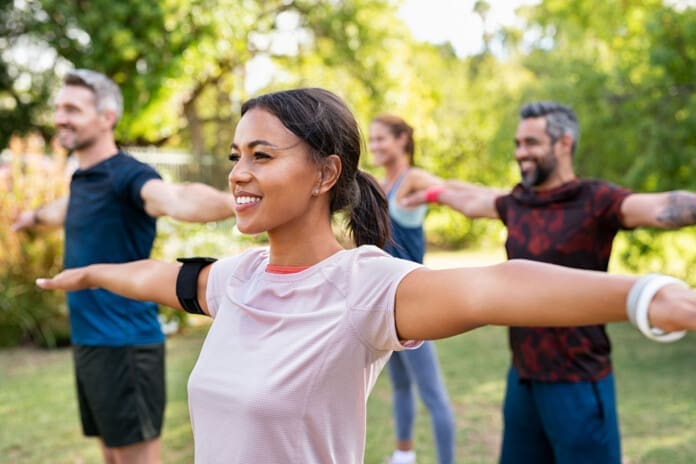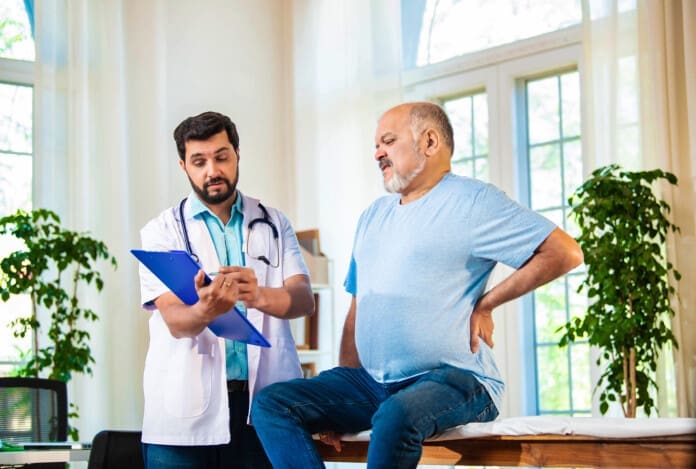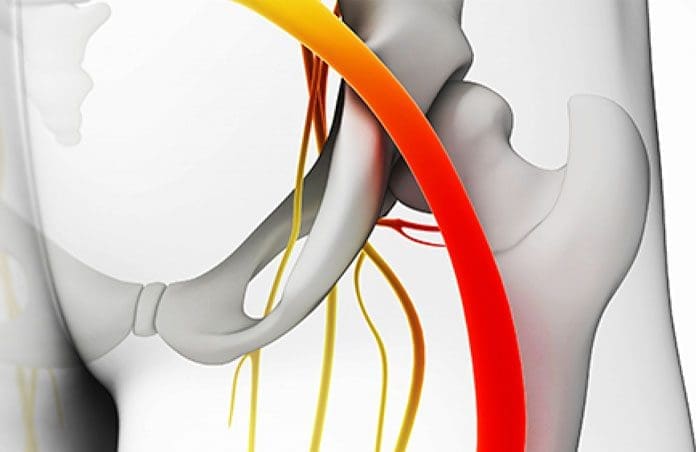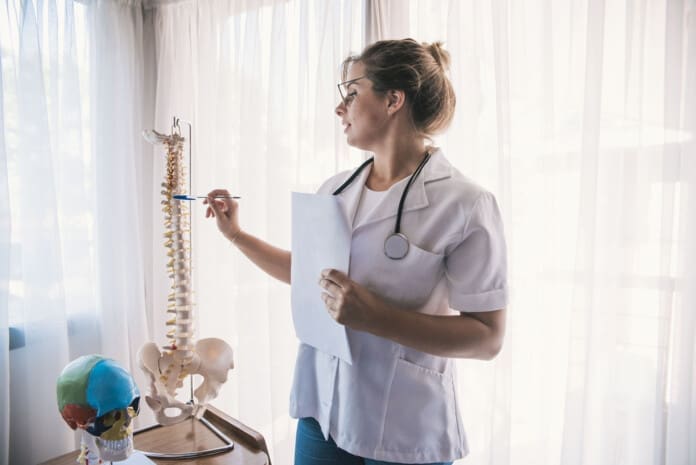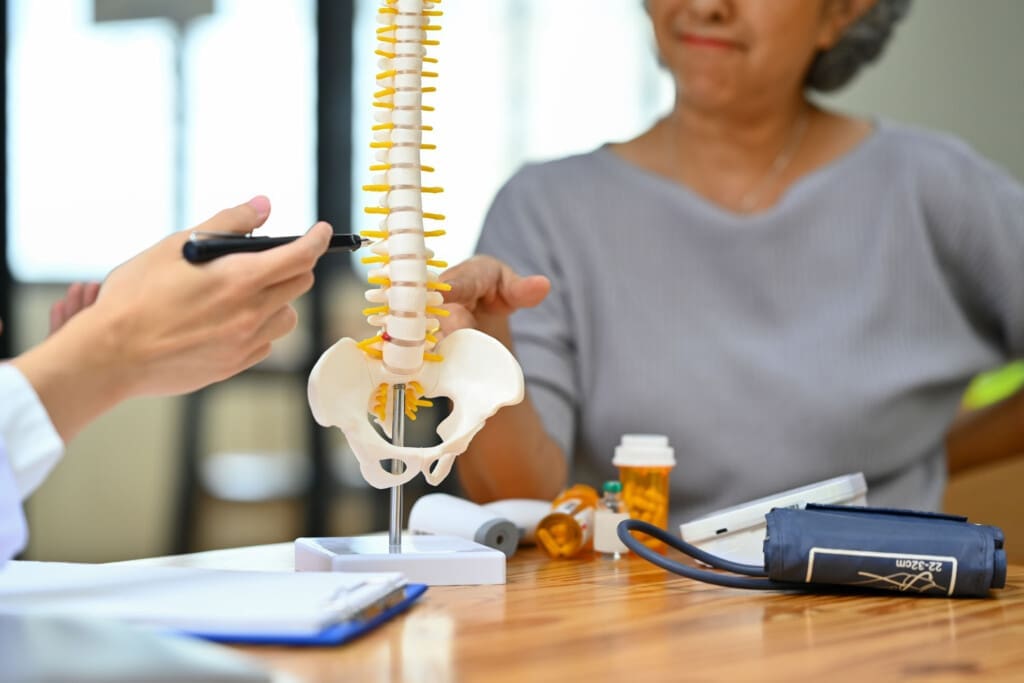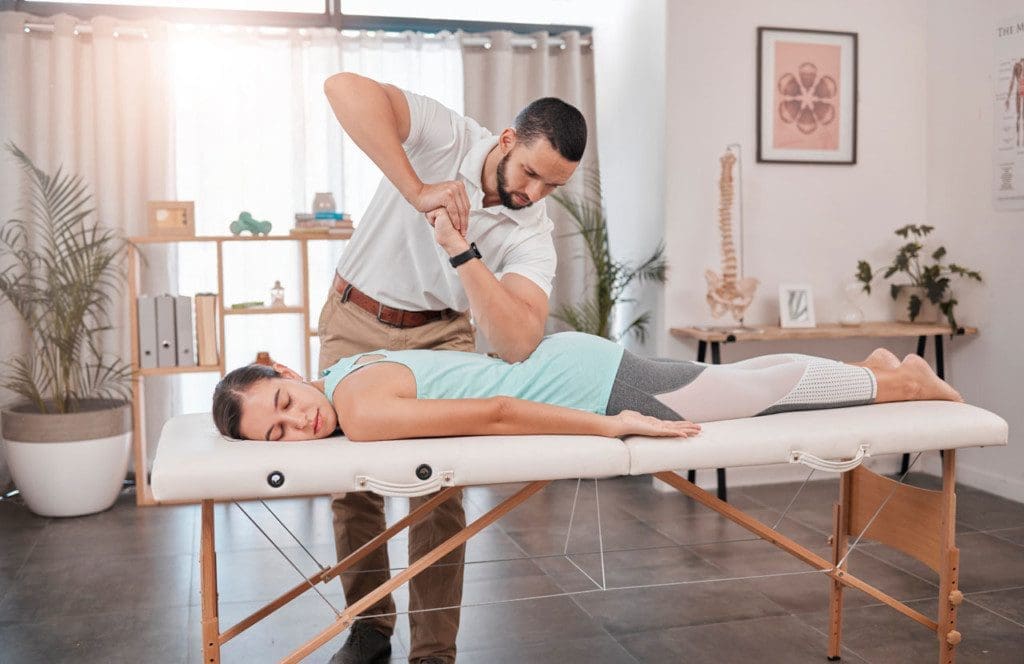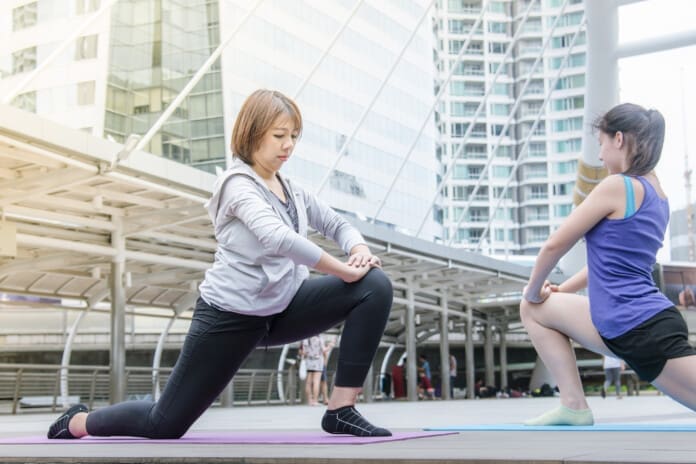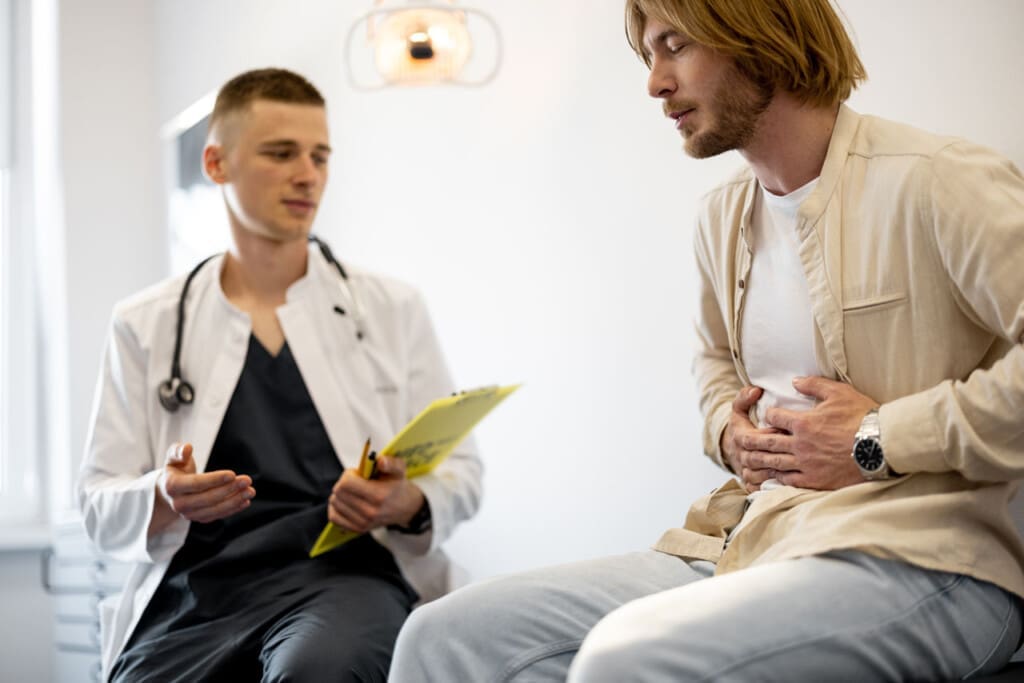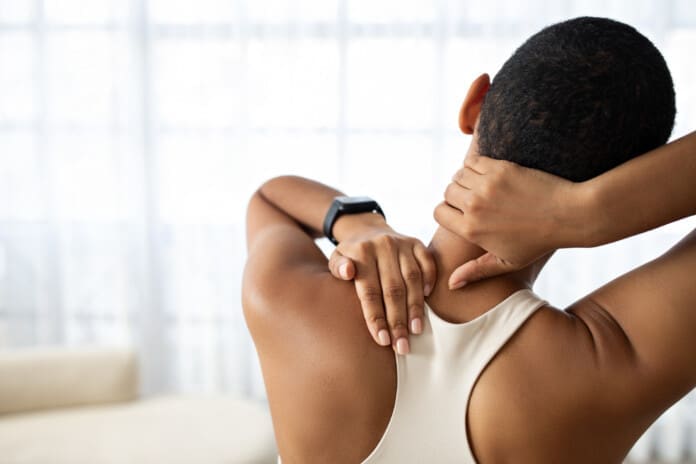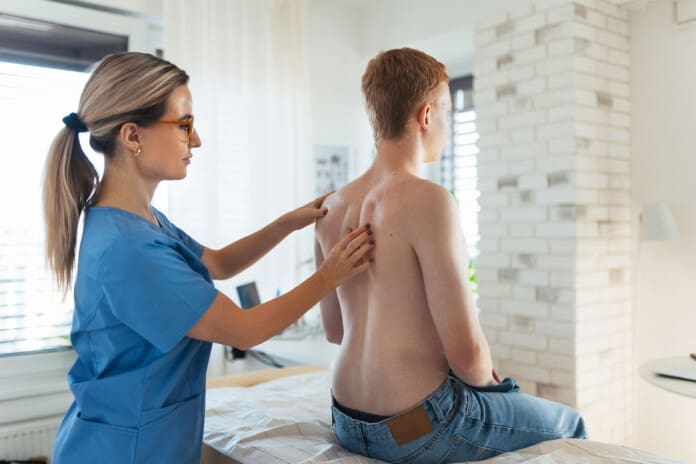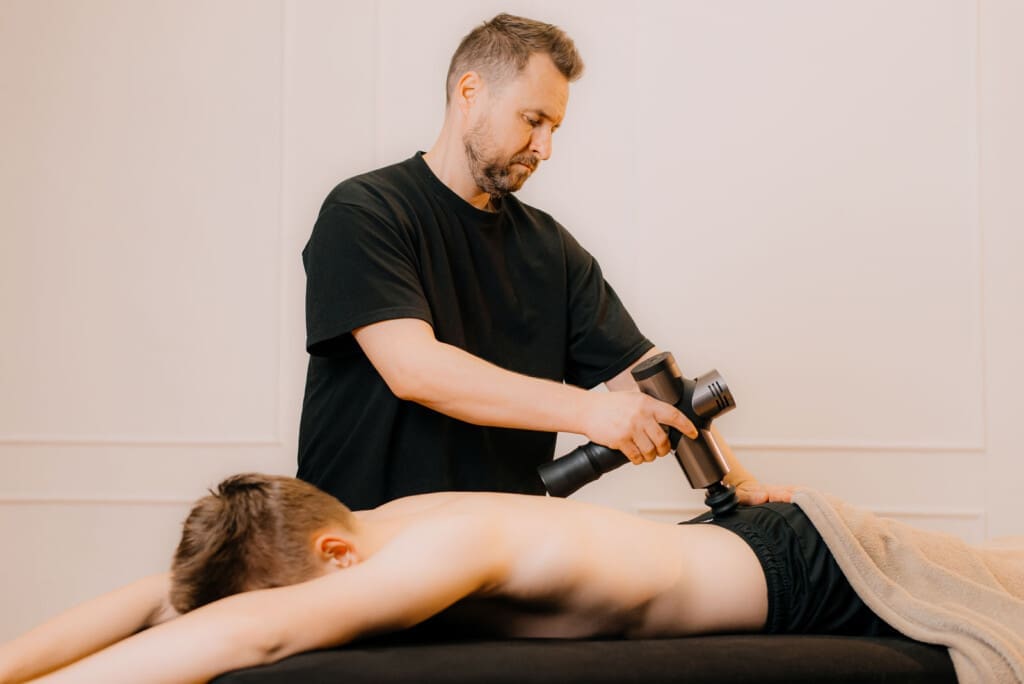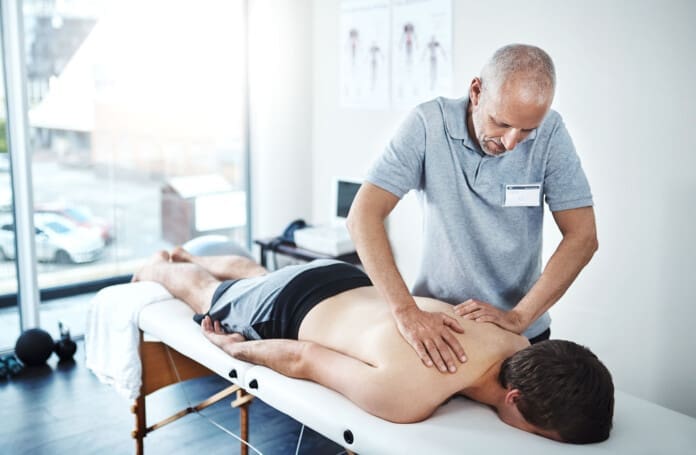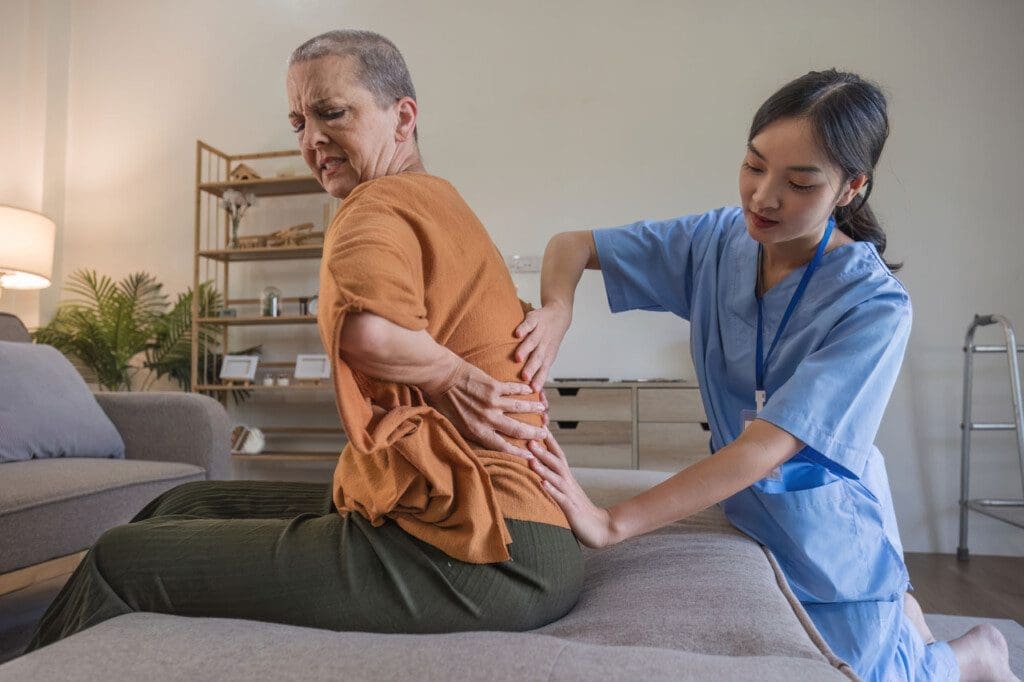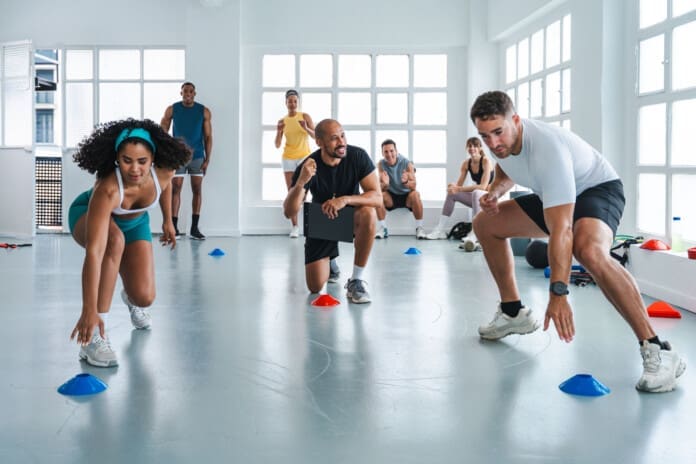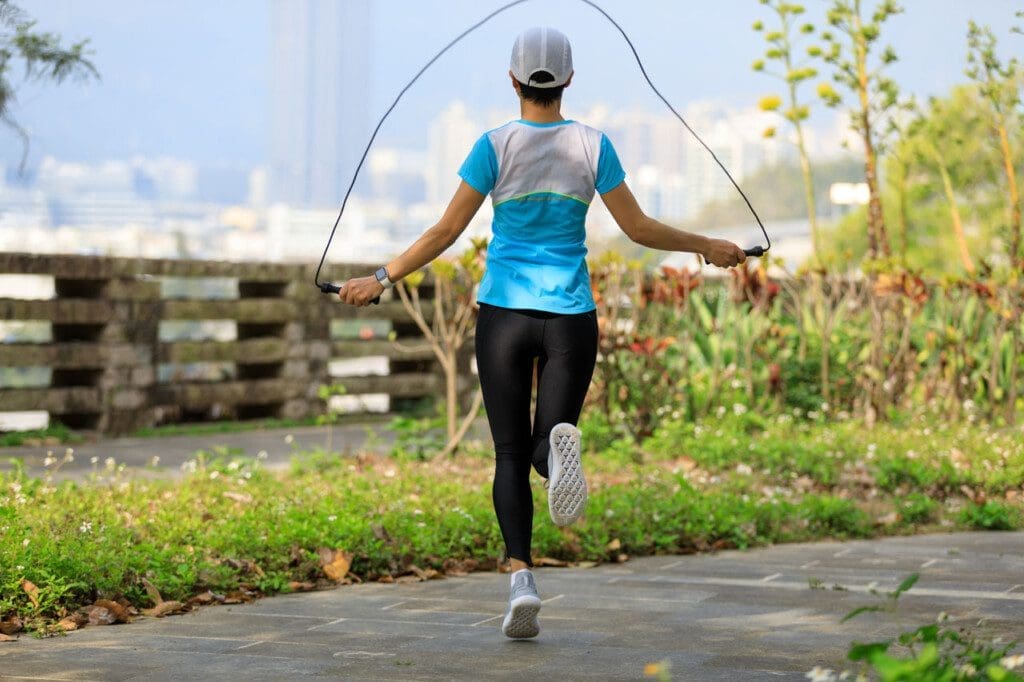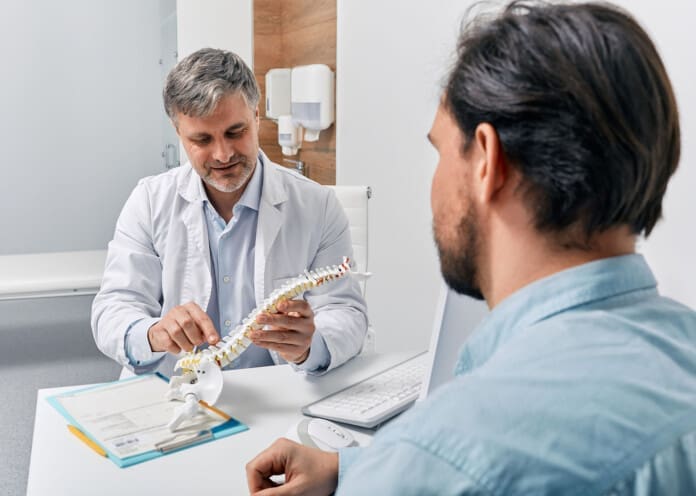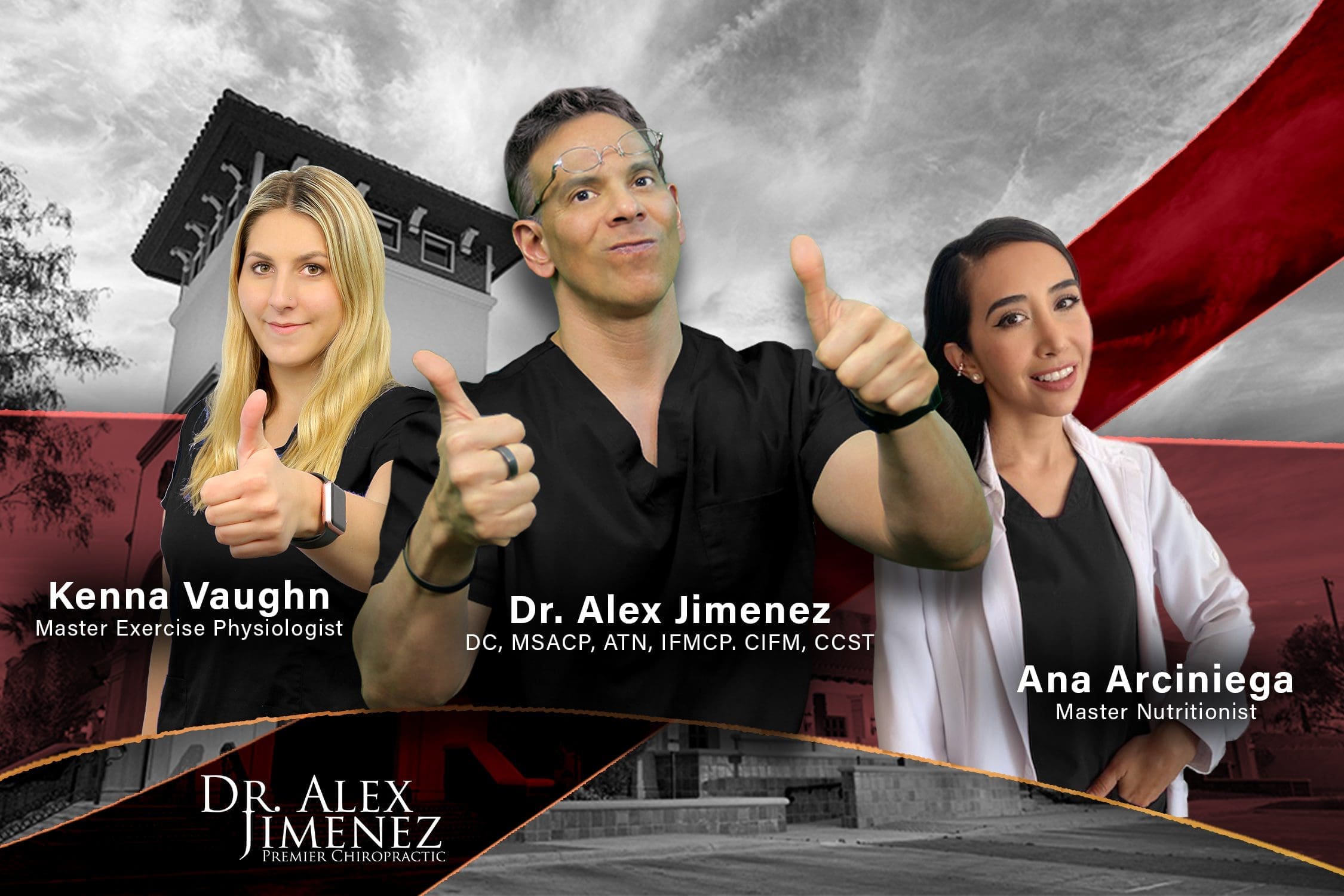Table of Contents
Optimizing Detox and Recovery Through Chiropractic and Fitness in El Paso
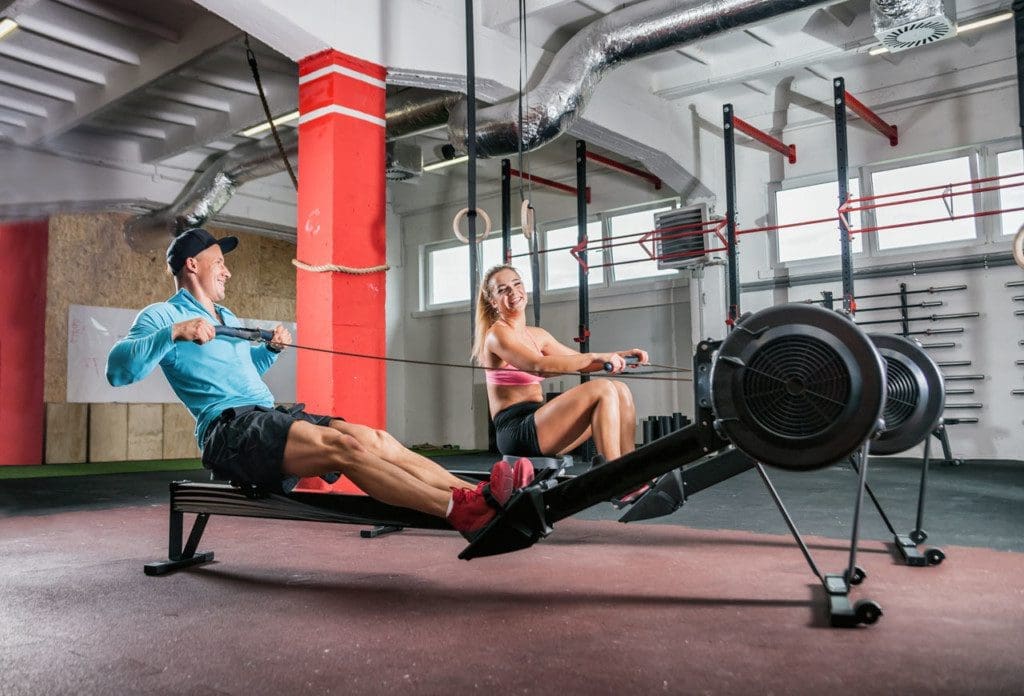
Maintaining a healthy body in today’s world involves supporting its natural ability to eliminate toxins and recover from injuries. The liver, kidneys, lungs, skin, and lymphatic system work together to cleanse the body; however, factors such as poor posture, stress, or injuries from motor vehicle accidents (MVAs), work, or sports can disrupt these processes. At our El Paso, TX clinic, led by Dr. Alexander Jimenez, DC, APRN, FNP-BC, we combine chiropractic care, targeted fitness routines, and integrative therapies to enhance circulation, stimulate lymphatic flow, and promote healthy sweating. This article explores how these practices support your body’s natural detoxification and recovery from conditions like lower back pain, nerve compression, or joint injuries, working synergistically to promote overall wellness.
The Body’s Natural Detox Pathways
Your body is designed to remove toxins daily: the liver filters blood, kidneys excrete waste through urine, lungs release carbon dioxide, skin eliminates impurities via sweat, and the lymphatic system drains fluid while fighting infection (Fontana Candle Company, n.d.). When spinal misalignments, injuries, or chronic conditions like obesity or diabetes interfere, toxins can accumulate, leading to fatigue, inflammation, or pain.
At our clinic, Dr. Jimenez uses advanced neuromusculoskeletal imaging and dual-scope diagnostics to identify issues like nerve impingement or inflammation that hinder detox. Chiropractic adjustments, fitness activities such as yoga or swimming, and therapies like massage support natural cleansing without replacing the body’s innate processes (Jimenez, n.d.a). For injury cases, we provide thorough legal documentation to support recovery.
Fitness Activities to Enhance Circulation
Robust blood flow is crucial for detoxification, as it delivers oxygen and nutrients while clearing waste. Our clinic recommends fitness routines tailored to patients recovering from injuries like herniated discs or whiplash or managing chronic conditions.
- Brisk Walking: A low-impact exercise that boosts heart rate and reduces inflammation, ideal for MVA patients regaining mobility (Avicenna Cardiology, n.d.).
- Swimming: Gentle on joints, swimming promotes full-body circulation, recommended for patients with back pain or arthritis (Jimenez, n.d.b).
- Cycling: Stationary or outdoor biking strengthens legs and improves circulation, suitable for work-related injury recovery (One Leisure, n.d.).
- Team Sports: Basketball or soccer involve dynamic movements that enhance blood flow, perfect for patients in our sports wellness programs.
Aim for 30 minutes, five days a week, adjusted to your condition. Dr. Jimenez uses diagnostic assessments, including MRI or X-rays, to ensure exercises are safe, preventing re-injury (Jimenez, n.d.a).
Stimulating Lymphatic Flow Through Movement
The lymphatic system, your body’s drainage network, relies on muscle movement to function. Our clinic incorporates lymph-stimulating activities into treatment plans for patients with swelling, nerve pain, or trauma.
- Rebounding: Bouncing on a mini-trampoline pumps lymph fluid up to 15 times more effectively than walking, reducing post-MVA swelling (Cancer Schmancer, n.d.).
- Yoga: Poses like downward dog or spinal twists use gravity to drain lymph nodes, easing discomfort from conditions like back pain or nerve irritation. We offer guided sessions for recovery.
- Pilates: Controlled movements strengthen the core and promote lymph circulation, ideal for degenerative arthritis or chronic pain.
- Hiking: El Paso’s trails engage multiple muscles, boosting lymph flow for patients transitioning to active lifestyles post-injury.
Dr. Jimenez’s diagnostic approach identifies lymphatic blockages linked to injuries or spinal misalignments, using imaging to create personalized plans that restore flow and prevent chronic issues (Jimenez, n.d.b).
Sweating for Effective Detox
Sweating is a powerful detox tool, eliminating heavy metals and chemicals through the skin (Samahita Retreat, n.d.). Our clinic integrates sweating into recovery plans for patients with musculoskeletal injuries or inflammation.
- Hot Yoga: Combining heat and movement, hot yoga opens pores and boosts circulation, reducing stiffness in patients with joint pain (HCMedSpa, n.d.).
- Running: Moderate runs in El Paso’s climate produce clean sweat, supporting detoxification for sports injury patients and maintaining fitness.
- Infrared Saunas: These use light to promote deep detoxification, gentler for chronic pain or MVA recovery (Pause Studio, n.d.).
Hydrate well before and after sweating, and pair with dry brushing to enhance lymph flow. Dr. Jimenez combines sauna sessions with adjustments for patients with trauma from accidents, as inflammation can trap toxins (Jimenez, n.d.a).
Chiropractic Care for Pain Relief and Detox
Chiropractic adjustments align the spine, relieving nerve pressure to optimize detox organ function, such as the liver and kidneys (Recovery Chiropractic, n.d.). Our clinic uses techniques like the Thompson Drop-Table to correct misalignments, improving nerve signals and immune response for patients with severe pain, nerve compression, or complex injuries.
Dr. Jimenez specializes in treating injuries from MVAs, sports, or work, using advanced diagnostics to assess conditions like herniated discs or bone spurs. For example, a patient with lower back pain from an MVA might receive adjustments, therapeutic exercises, and legal documentation for insurance claims (Jimenez, n.d.b). This approach supports detox by removing nerve blockages and enhancing recovery.
Integrative Therapies for Holistic Recovery
We combine chiropractic care with integrative therapies to enhance detox and recovery:
- Massage Therapy: Deep tissue massage helps release muscle toxins and improve lymphatic drainage, making it an ideal treatment for MVA patients with neck pain or athletes with sports injuries (Bend Total Body Chiropractic, n.d.).
- Acupuncture: Thin needles target energy points to reduce pain and boost circulation, effective for chronic conditions like fibromyalgia or post-accident recovery (Jimenez, n.d.a).
- Nutritional Counseling: Our nutritionists design anti-inflammatory diets to support tissue repair and detox, tailored for patients with musculoskeletal injuries (Sciatica Pain and Treatment Clinic, n.d.).
- Physical Therapy: Targeted exercises restore mobility and strength, customized for injury recovery or chronic pain management.
These therapies work synergistically with adjustments to address injury causes, promote natural healing, and prevent long-term complications.
Synergy for Optimal Health and Recovery
Imagine starting with a chiropractic assessment at our El Paso clinic to align your spine and improve nerve function. You follow with yoga to stimulate lymph flow, running to induce sweat, and massage to release muscle tension. Nutritional counseling supports detox with an anti-inflammatory diet. This combination amplifies benefits: adjustments optimize nerve pathways, fitness enhances circulation and lymph, and therapies reduce inflammation.
For patients with nerve pain, joint injuries, or MVA-related trauma, this approach speeds recovery by addressing pain and immobility (Phoenix Rising Wellness Center, n.d.). For those seeking wellness, it enhances energy and mobility. Our clinic provides detailed legal documentation for MVA or work injury cases, ensuring seamless care coordination (Sciatica Pain and Treatment Clinic, n.d.).
Benefits and Safety Precautions
Patients report reduced pain, increased energy, and improved mobility after following our integrated plans. Studies show that chiropractic care and exercise lower inflammation, aiding detox (HCMedSpa, n.d.). Our MVA patients recover faster from nerve or spinal injuries when combining therapies.
Safety is paramount. Dr. Jimenez utilizes dual-scope diagnostics to assess injuries, ensuring exercises are tailored to conditions such as nerve irritation or joint pain (Jimenez, n.d.b). Consult our team before starting, especially with severe injuries or chronic conditions. Hydrate during sweat sessions and stop if discomfort occurs.
Building Your Detox and Recovery Plan
Start with a chiropractic assessment at our clinic, followed by three cardio sessions (e.g., swimming), two yoga classes, and bi-weekly massage or acupuncture. Track improvements in pain or energy. Dr. Jimenez tailors plans for El Pasoans, whether recovering from complex injuries or enhancing wellness, using evidence-based protocols to promote healing (Jimenez, n.d.a).
Conclusion
Our El Paso clinic, led by Dr. Jimenez, empowers your body’s detox and recovery through chiropractic care, fitness, and integrative therapies. From circulation-boosting exercises to lymph-stimulating yoga and detoxifying sweat, our approach supports natural healing for injuries and chronic conditions. Visit us to reclaim your health and thrive.

References
Avicenna Cardiology. (n.d.). Stay motivated: Cardio tips & benefits.
Bend Total Body Chiropractic. (n.d.). Home sweet healing: Harnessing the benefits of exercise in chiropractic therapy.
Cancer Schmancer. (n.d.). Detox your body: Exercise.
Fontana Candle Company. (n.d.). Lymphatic system: The detox pathway you might be forgetting about.
HCMedSpa. (n.d.). Skin & body detox part three: Exercise.
Jimenez, A. (n.d.a). Home.
Jimenez, A. (n.d.b). Dr. Alex Jimenez | El Paso chiropractor.
MC Skin Studio. (n.d.). Does exercise speed up detox?.
One Leisure. (n.d.). How can exercise help you detox?.
Pause Studio. (n.d.). Is sweating in a sauna beneficial for your health?.
Phoenix Rising Wellness Center. (n.d.). The top five chiropractor-recommended activities for the summer.
Recovery Chiropractic. (n.d.). Detox your spine: Can chiropractic adjustments enhance your immune system?.
Samahita Retreat. (n.d.). Why sweating is essential for detox.
Sciatica Pain and Treatment Clinic. (n.d.). Sciatica pain treatment.
Spine Centre. (n.d.). 5 amazing benefits of chiropractic care for athletes.
Wake Spine. (n.d.). Pain exercises.

